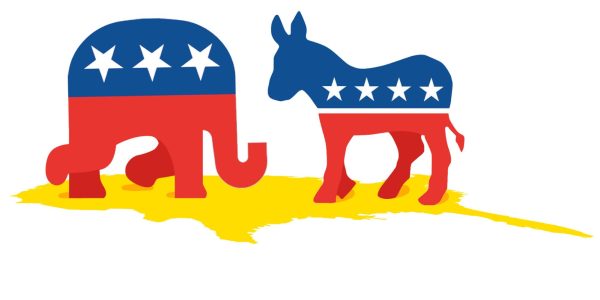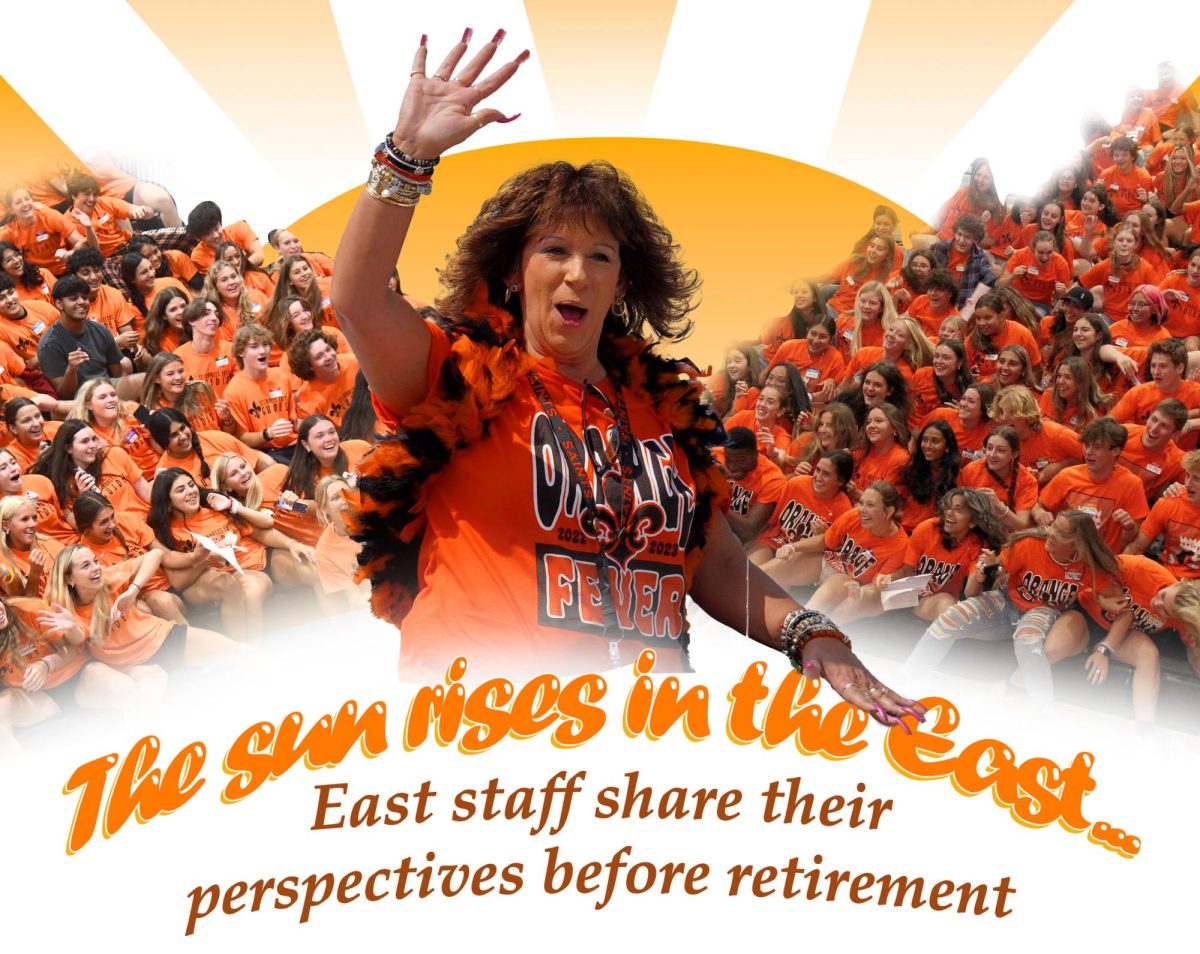
Deemed by many as the Heartland of America, there is no doubt that the Midwest plays a key role in the outcome of the election; we have three crucial swing states: Michigan, Ohio and Wisconsin.
The Blue Wall is a set of 18 states and Washington D.C. that have consistently been won by the Democratic Nominee since 1992, but in 2016, the Blue Wall broke when former President Trump won Wisconsin, Michigan and other states. In 2020, President Biden took Wisconsin and Michigan back. Many are speculating that this year Michigan will turn red again.
The World Population Review explains how the state with the highest Arab American population is Michigan with 2.1 percent. Green Party Candidate Dr. Jill Stein has seen a huge surge in approval amongst the Arab and Muslim American population with some polls finding that she is surpassing the Democrat Party–which has historically won over the vote of Arab and Muslim Americans. While 2.1 percent of a population may not seem like a lot, in a swing state like Michigan, these small numbers could change the course of the entire state. Many Arab and Muslim Americans are angered at how President Biden and Vice President Harris have dealt with the humanitarian crisis in Gaza. In a state like Michigan, with 211,405 Arabs, it could significantly impact Harris’ campaign.
Vox explains how although former U.S. Secretary of State Hillary Clinton won the popular vote, some Democrats still blamed Clinton’s 2016 loss on third parties because of Trump’s 2016 wins in Michigan and Wisconsin.
This year, the Democratic Party is not playing around in Michigan and Wisconsin–the official Democrat Party website mentioned how on Oct. 11, “the DNC launched a six-figure ad campaign in the battleground states of Michigan, Wisconsin, and Pennsylvania calling out Jill Stein as a spoiler for Donald Trump.” Democrats argue that if you are a liberal voting for a third party, you are just wasting your vote and helping Trump get back in office–especially if you live in a swing state like Michigan or Wisconsin.
In the past 40 years, Wisconsin has only been won by a Republican once in 2016 with former President Trump. According to CBS, on Oct. 6. 2024, Trump visited Wisconsin for the fourth time in eight days at a rally in Juneau, Wisconsin where the former President said, “They say that Wisconsin is probably the toughest of the swing states to win.” Trump is attempting to redeem himself after losing Wisconsin in 2020 to President Biden by going on a spree throughout many of Wisconsin’s rural settlements. The GOP has historically always won over small-town Wisconsinites. AdImpact, a media data firm, explains how Trump’s campaign has outspent Harris’s campaign on advertising by $4 million in Wisconsin.
Former President Trump has also faced criticism from undecided and swing state voters due to his failure to respond as president to the Jan. 6 attack on the capital in
2021. His opponent, Vice President Harris, has even called him “a threat to democracy.” For many undecided voters in the Midwest, Jan. 6 was a major turn-off that could boost Vice President Harris and third parties.
NPR explains how “Voters considering a third-party candidate face the same dilemma every presidential election cycle: should they vote their values and get behind a candidate who likely won’t win, or settle and support a Democrat or Republican nominee they see as flawed.” This is the struggle of millions of undecided and swing-state voters every four years.
Neither Vice President Harris nor former President Trump are from the Midwest–with Trump being from New York City on the East Coast and Harris being from Oakland, California on the West Coast–unfortunately for GOP and Democrats alike, this creates a predicament: how can the two parties connect with people from the Heartland of America which is such a crucial voting block?
The Republican National Convention (RNC) took place in Milwaukee, Wisconsin and the Democratic National Convention (DNC) took place right here in Chicago, Illinois–both conventions being in the Midwest and both cities being on the coast of Lake Michigan is not a coincidence. Downtown Chicago and downtown Milwaukee are only about 92 miles away from each other and their economic, social and metro hubs are so interconnected that the two conventions were almost like holding two competing rallies in the same city. Conventions are meant to energize the people that live there. What better way to do that than to host a political convention in an area that you think is crucial to winning the election?
Although advertising and campaigning in certain places will boost the campaign, it is not enough. There needs to be a human factor to it, something that Midwesterners can connect to–that is where the running mate choices come into play.
Ohio Senator JD Vance was a strategic move made by the GOP to perhaps help win over the Midwestern swing state of Ohio. Even though a Democrat hasn’t won Ohio since former President Obama in 2012, Ohio is still considered a swing state. In 2016, Vance published a book titled Hillbilly Elegy which would later become a movie. The story described Vance’s childhood hardships as someone who grew up with low socioeconomic status in small-town Appalachia in Ohio and Kentucky. Because of this, he can connect with small-town Midwestern voters who are just trying to get by just as he once did.
Not only did former President Trump choose a Midwesterner as his running mate, but Vice President Harris did as well. Minnesota Governor Tim Walz has been the center of an ongoing meme that referred to him as the “Midwestern Dad” for displaying stereotypical Midwestern behaviors such as being welcoming and his love for hotdish. Tim Walz, who originally was from Nebraska, was a strategic choice to help encourage people from the non-Great Lakes part of the Midwest to vote for Harris by connecting with them on a deeper level.
Something cool about living in a region that isn’t dominated by one political party is that Midwesterners must learn political tolerance in the face of division. There is a good chance that the person you are sitting next to right now does not share the same political views as you—and most Midwesterners know that there is nothing wrong with that.
When we look back at how important the Midwest is to the election– whether you’re a Democrat, Republican or anywhere in between–the best thing you can do to help out whatever cause you believe in is to exercise your First Amendment rights by speaking out and if you are eligible to do so, then march to that ballot box on Nov. 5 and cast your vote.









